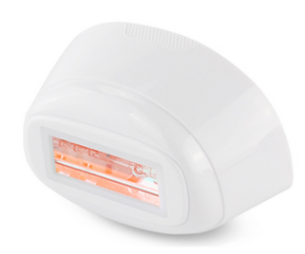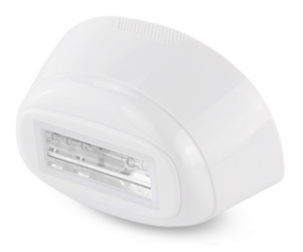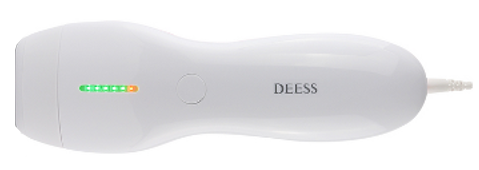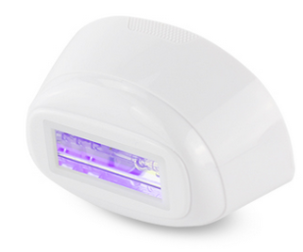No products
To be determined Shipping
0,00 zł Tax
0,00 zł Total
Prices are tax included
Product successfully added to your shopping cart
Quantity
Total
There are 0 items in your cart. There is 1 item in your cart.
Total products (tax incl.)
Total shipping (tax incl.) To be determined
Tax 0,00 zł
Total (tax incl.)
IPL (Intense pulsed light) technology is a technology used by esthetic medicine doctors and cosmetologists to perform various skin treatments. Such devices are used to remove hair on the body, photorejuvenation (for example in the treatment of skin pigmentation), and also for the relief of dermatological diseases such as acne.
DEESS DEVICE GP586
These units are equipped with xenon lamps that produce a wide spectrum light pulse. The glass that is attached to the front of the lamp acts as a filter that removes the unnecessary radiation band and thus adapts the device to the appropriate treatment. Depending on the type of filter, the light output range can range from 400 to 1200nm. By sending light rays, it destroys certain structures and chomophores, such as melanin in hair or hemoglobin, in the blood vessels, thus preventing hair growth or treating the skin.
These units are equipped with xenon lamps that produce a wide spectrum light pulse. The glass that is attached to the front of the lamp acts as a filter that removes the unnecessary radiation band and thus adapts the device to the appropriate treatment. Depending on the type of filter, the light output range can range from 400 to 1200nm. By sending light rays, it destroys certain structures and chomophores, such as melanin in hair or hemoglobin, in the blood vessels, thus preventing hair growth or treating the skin.
Photo depilation
Photodepilation or permanent hair removal is one of the treatments performed using IPL technology. By sending light rays of a certain length, it destroys the hair bulb, which prevents the hair from re-growing. It is important that only hair in the growth phase reacts to this process, while other hairs in the resting phase (Telogen), lasting 3 to 8 weeks, unfortunately do not undergo a beam. After this period of hair growth begins, it is important that the IPL therapy is repeated 5-10 times at intervals of 3 to 6 weeks. DEESS's GP586 IPL camera head makes it possible to effectively and painlessly remove hair using the photodepilation process!

Photorejuvenation
IPL equipment is ideal for treating skin aging. Photorejuvenation treatments are non-invasive and dynamic, they use in their action light impulses of low density energy stimulating the regeneration and reconstruction of collagen, which in turn leads to minor wrinkles and skin rejuvenation. DEESS's GP586 IPL camera is equipped with a special photodetector head that filters out the light beam to the frequency that stimulates the production of collagen. The treatment should be performed on the entire face, it does not cause side effects and does not limit the daily life. The best results are obtained by using 2 to 4 weeks of therapy and the length of the series should be between 4 and 6 treatments.

Treatment of acne vulgaris and rosacea
By using IPL light, you can quickly destroy the growing bacteria that cause inflammation of the skin. IPL is similar to topical antibiotics, but does not have side effects. In the case of acne, a series of 3 to 5 treatments is recommended, repeated at intervals of 14 days. DEESS's GP586 IPL allows you to treat acne using a white xenon head.
Contraindications of the treatments
- pregnancy and breastfeeding;
- freshly tanned skin;
- self-tanning machines;
hormonal drugs;
- use of retinol in any form;
- use of herbs: St John's wort, marigold;
- diseases related to light sensitivity;
- skin diseases;
- prone to discoloration;
- implanted pacemaker, insulin pump, metal implants;
- cancers;
- acid peels and microdermabrasion;
- diabetes;
- epilepsy;
- linguistics;
vitiligo;
- heart disease, hypertension.



